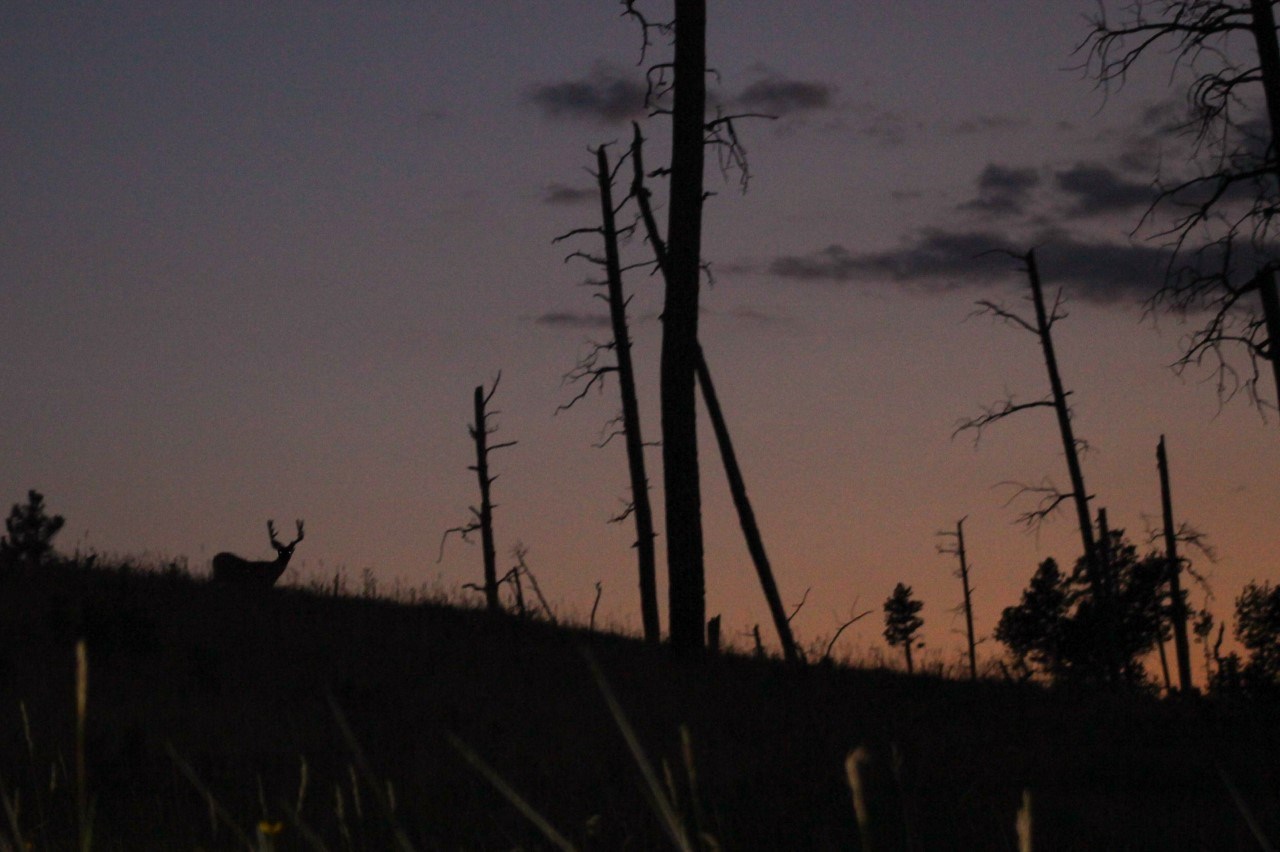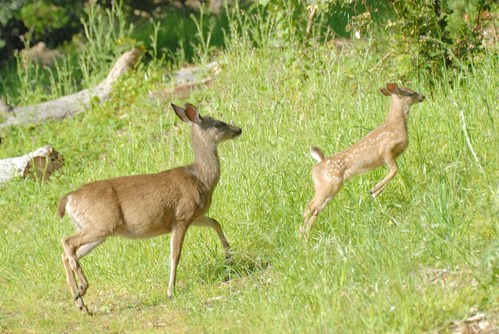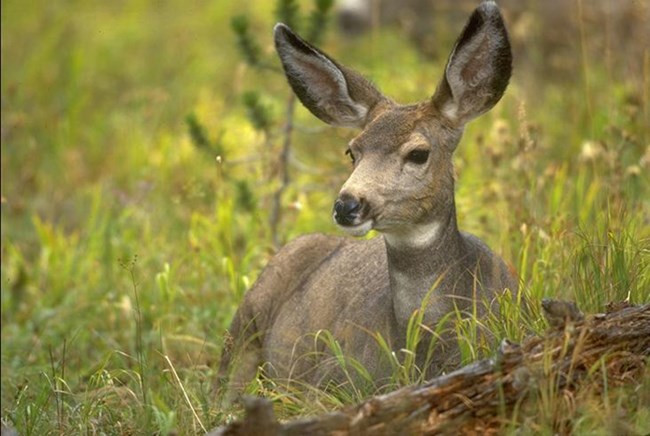
NPS/ Quentin Bucker 
Jessica Weinberg McClosky / NPS Odocoileus hemoinus
Size and Description

NPS Photo
Diet
Interactions with other animals
|
Last updated: January 9, 2024

NPS/ Quentin Bucker 
Jessica Weinberg McClosky / NPS Odocoileus hemoinus
Size and Description

NPS Photo
Diet
Interactions with other animals
|
Last updated: January 9, 2024